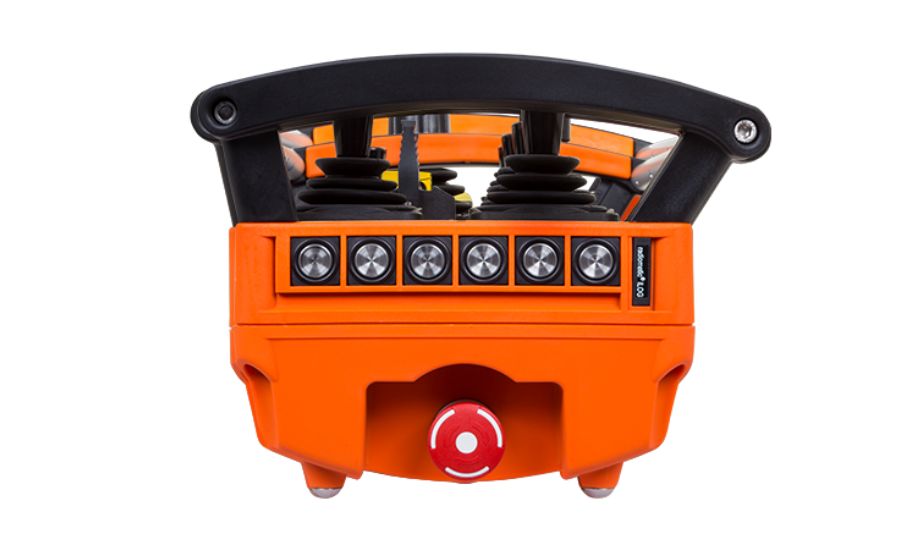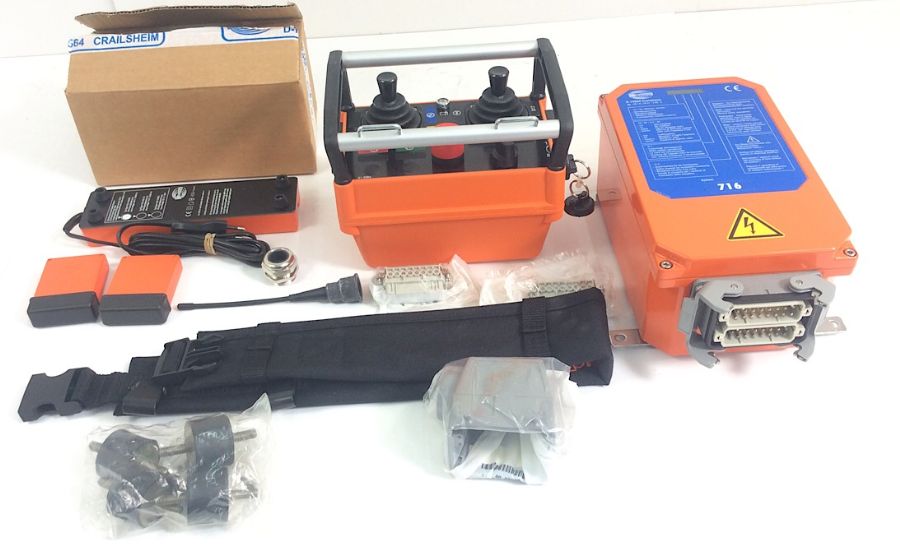Strop Ie120011 Ie120012, Understanding, Differences, Between & More
Introduction
In today’s world, various product codes and model numbers can be confusing, especially when they appear to be similar in structure. The model numbers IE120011 and IE120012 are examples of such instances. While at first glance, these numbers might appear identical, there are subtle yet significant differences between them. Understanding these variations is crucial for selecting the right model for a specific application, whether it’s in manufacturing, engineering, or any other industry that uses these products.
In this article, we will delve into the details of IE120011 and IE120012, exploring their features, differences, applications, and how to choose the right product for your needs. In this article we;ll read about Strop Ie120011 Ie120012.
What Are IE120011 and IE120012?

Both IE120011 and IE120012 are product codes used by manufacturers to represent specific models in a particular product range. These codes typically correspond to mechanical or electrical components, industrial machinery parts, or technical equipment. While the products may appear nearly identical in terms of their numbering system, each code refers to distinct variants with unique specifications and features. Understanding the exact meaning behind these codes is crucial for consumers and professionals in selecting the correct equipment for their operations.
- IE120011: This product code generally indicates a specific model that might be designed for a particular kind of use, such as a device with certain operational capabilities, environmental resistance, or safety standards.
- IE120012: Similarly, this model code represents another version of a product in the same series but with enhanced features, better efficiency, or designed for a different set of operational conditions.
Although these two models might belong to the same series, the differences in their specifications—ranging from size, power capacity, efficiency, or compatibility—make each suitable for different applications.
Understanding the Structure of Model Numbers
To truly appreciate the differences between IE120011 and IE120012, it is essential to understand how model numbers are structured and what they typically represent. Manufacturers often use a combination of letters and numbers to encode vital information about the product’s features:
- Prefix (IE): The “IE” in both model numbers might represent the product line or series, standing for a particular category, brand, or type of technology. For example, IE could stand for “Industrial Equipment” or refer to a specific series within an organization’s catalog.
- Core Numeric (1200): The number “1200” could be a reference to the product’s size, model range, or series. This is a standard coding method used by manufacturers to group models with similar characteristics.
- Suffix (011 & 012): The final digits—011 and 012—could refer to specific variations of the same model. These may indicate differences such as size, functionality, features, or capacity.
Understanding the breakdown of these numbers is essential in making a distinction between otherwise similar models.
Key Differences Between IE120011 and IE120012
Although the basic structure of these two models appears similar, there are some significant differences between IE120011 and IE120012 that make them suitable for different purposes. Let’s break these differences down:
1. Power Rating or Capacity
One of the first aspects where these models may differ is in their power capacity. For industrial products, power requirements and specifications such as voltage, amperage, or wattage are critical for ensuring compatibility with the operational environment.
- IE120011 might be designed for a lower or specific capacity use case, where the power rating is ideal for a certain range of operations.
- IE120012, on the other hand, could feature enhanced power capacity, making it better suited for high-demand or continuous-duty operations.
2. Efficiency and Performance
Efficiency is a critical factor in the performance of industrial products, especially when it comes to energy consumption. Models with higher efficiency ratings save energy, reduce operational costs, and are more environmentally friendly.
- IE120011 could be a more standard or basic version of the product that offers acceptable but standard efficiency.
- IE120012 could feature better performance metrics, such as energy efficiency or performance optimization, making it suitable for industries where maximizing output or minimizing energy costs is critical.
3. Size and Dimensions
Another key differentiator between IE120011 and IE120012 could be their physical size and dimensional differences. Some models are designed to fit into specific spaces or to work with machinery of particular sizes.
- IE120011 might be a more compact version with dimensions suited to smaller operations.
- IE120012 could be larger or more robust, meant for operations where a bigger footprint or a higher load-bearing capacity is needed.
4. Application Scope
Each model is designed for specific types of industries or applications. Depending on the field, a slight variation in the model can make one product more desirable than another.
- IE120011 could be designed for lighter applications where precision and minimal load handling are important.
- IE120012, however, might be tailored to more demanding environments, such as heavy-duty industrial or commercial operations.
Applications of IE120011 and IE120012

Given that these models are designed for specific uses, it’s essential to understand the typical applications for both IE120011 and IE120012. These applications are determined by their specifications, including power, performance, size, and environmental compatibility.
IE120011: Best for Light to Medium-Duty Operations
- Manufacturing Environments: Used in processes that require moderate power levels and efficient, smaller equipment. Examples include assembly lines, testing stations, or small-scale automated processes.
- Residential or Small Business: Products with similar specifications might be useful for residential or small-scale commercial setups, such as light-duty equipment in workshops or warehouses.
IE120012: Ideal for Heavy-Duty or Industrial Applications
- Heavy Industry and Construction: The enhanced power and capacity of IE120012 make it more suitable for industries that rely on durable, high-capacity machinery, such as construction, automotive, or large-scale manufacturing plants.
- Energy and Power Sectors: High-efficiency and robust models like the IE120012 can be used in sectors requiring consistent power supply and greater endurance under load, such as in energy production or power grid systems.
How to Choose Between IE120011 and IE120012
When deciding between IE120011 and IE120012, there are several considerations that need to be factored into the decision-making process. The correct choice depends on the specific needs of your project or operation:
1. Power and Load Requirements
If you need a product that can handle higher power demands or more significant operational loads, IE120012 would be the better choice. However, if the application requires more modest power usage, IE120011 will likely meet your needs.
2. Space Constraints
If space is limited in your operational setup, and you need a compact solution, IE120011 would be the better option. However, if you have sufficient space and require a more robust product with a higher capacity, IE120012 would serve you better.
3. Budget Constraints
Cost is always a key factor in any purchase decision. If budget is a consideration and the additional features of IE120012 are not critical, opting for IE120011 might save costs. However, if the performance enhancements in IE120012 justify the investment, it may offer a better long-term value.
4. Longevity and Reliability

For industries that require machines that run continuously or in more demanding environments, the IE120012, with its higher capacity and potentially better durability, might prove to be more reliable in the long term.
Conclusion
The model numbers IE120011 and IE120012 may appear similar at first glance, but they represent distinct products with varying specifications, power capacities, and applications. IE120011 is likely better suited for light to medium-duty operations, while IE120012 is designed for more heavy-duty, high-capacity tasks.
By understanding the differences between these two models, you can make a more informed decision about which product is right for your needs. Whether you’re in the manufacturing, energy, construction, or small business sector, choosing the correct model ensures the success and efficiency of your operations. Make sure to assess your specific requirements in terms of power, size, efficiency, and application before making your final decision.
Frequently Asked Questions (FAQs)
1. What do the product codes IE120011 and IE120012 represent?
The product codes IE120011 and IE120012 are model numbers used by manufacturers to identify specific equipment or components in a product series. They are typically used for industrial, mechanical, or electrical products and indicate slight variations between different models in terms of power, efficiency, size, and application. While they are part of the same product line, the suffix (011 and 012) marks key differences in their specifications.
2. What is the difference between IE120011 and IE120012?
The main differences between IE120011 and IE120012 are related to their capacity, efficiency, size, and performance:
- IE120011 is generally suited for lighter or medium-duty operations with lower power and compact dimensions.
- IE120012 is a more robust model designed for heavy-duty applications, offering enhanced power, performance, and efficiency suitable for more demanding industrial environments.
3. Which model is better for heavy-duty applications, IE120011 or IE120012?
For heavy-duty applications, IE120012 is the better choice. It is designed to handle larger loads, operate continuously under demanding conditions, and offer enhanced efficiency compared to IE120011, making it suitable for industries like construction, automotive, or large-scale manufacturing.
4. Are these models used for the same applications?
While both models could serve similar general applications, IE120011 is better suited for lighter and more compact operations, such as small-scale manufacturing or residential use. On the other hand, IE120012 is ideal for more demanding industrial applications requiring higher power and more robust performance.
5. Can I use IE120011 in place of IE120012?
It is contingent upon the particular needs of your business.IE120011 may work for tasks that don’t require high power or heavy-duty performance. However, for operations requiring greater efficiency or higher capacity, IE120012 is the preferred choice. Substituting one for the other could lead to inefficiencies or equipment failure if the power and performance needs aren’t properly matched.
6. What industries commonly use these products?
Both IE120011 and IE120012 can be used in a range of industries:
- IE120011 is typically used in small to medium-sized manufacturing operations, residential setups, or light-duty industrial uses.
- IE120012 is commonly found in heavy industries like construction, automotive manufacturing, energy production, and large-scale power systems, where performance and capacity are critical.
7. Which model should I choose based on budget?
If you’re looking to save costs and don’t require high capacity or advanced performance features, IE120011 is the more cost-effective choice. However, if your project requires enhanced durability, efficiency, or long-term operational performance, investing in IE120012 may provide better value in the long run.
Key Facts About IE120011 and IE120012
1. Design and Engineering Considerations
Both IE120011 and IE120012 are engineered with specific use cases in mind. The IE120011 is generally more compact, making it ideal for installations where space is limited. Meanwhile, the IE120012 offers a more robust design suited for larger operations requiring a higher load capacity.
2. Power and Efficiency
- IE120011 may feature a lower power rating compared to IE120012, which is designed for higher performance and better energy efficiency.
- The IE120012 might be equipped with more advanced technology to optimize energy consumption and improve operational efficiency, making it the better choice for industries that prioritize sustainability and cost-effective energy use.
3. Size and Footprint
The IE120011 is typically more compact, which makes it suitable for environments where space is limited or where smaller equipment is required. The IE120012, in contrast, is larger and more robust, better suited for environments where space is not a major constraint but where greater power and efficiency are necessary.
4. Operational Environments
- IE120011 is ideal for environments with lighter workloads, such as small workshops, testing stations, or small-scale industrial setups.
- IE120012 is more appropriate for high-demand, continuous-duty operations such as large factories, construction sites, or power plants.
5. Durability and Lifespan
Given its enhanced power and robust design, IE120012 is typically built to withstand more rigorous environments. Its higher capacity and energy efficiency often contribute to longer service life and greater reliability under heavy-duty conditions.
6. Market Use and Popularity
- IE120011 might be more commonly used in small businesses, residential setups, and in industries that do not require extreme power handling.
- IE120012 is likely preferred by larger enterprises in sectors like construction, energy, or automotive, where continuous, heavy-duty operation is necessary.
7. Warranty and Support
Due to the nature of the industries they serve, IE120012 models often come with extended warranties and more robust customer support options, as they are designed to handle more complex and demanding operations. Conversely, IE120011 may have standard warranty terms suited to its more straightforward use cases.
For more Information About Technology visit francherway






